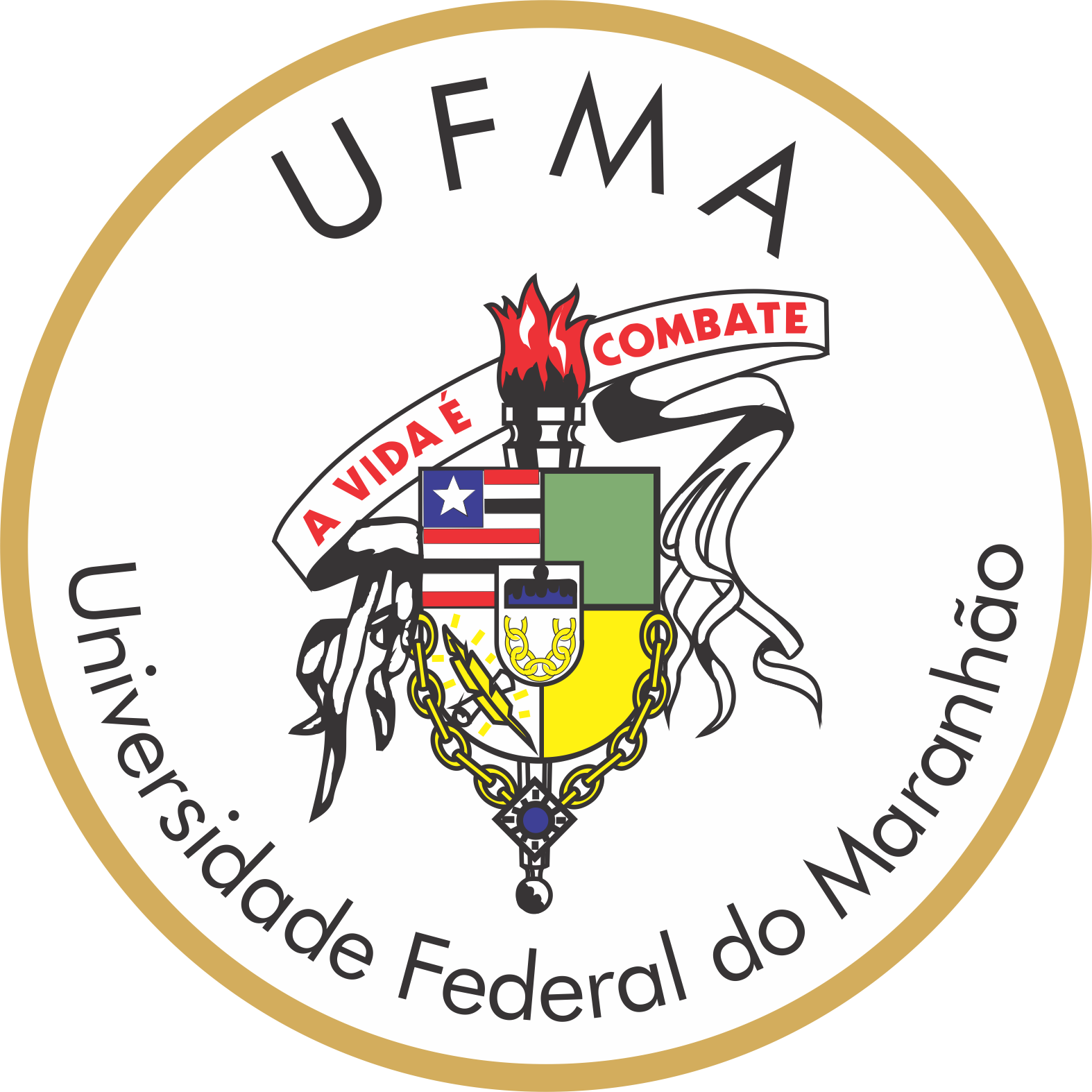Banca de DEFESA: MATHEUS CHAVES MENEZES
2019-03-11 08:53:01.475
Uma banca de DEFESA de MESTRADO foi cadastrada pelo programa.
DISCENTE: MATHEUS CHAVES MENEZES
DATA: 22/03/2019
HORA: 09:00
LOCAL: Auditório do DEINF
TÍTULO: BRAIN-TO-BRAIN MAPPING: AN APPROACH TO SHARE NEURAL INFORMATION ON RATSLAM
PALAVRAS-CHAVES: Robotics, SLAM, RatSLAM
PÁGINAS: 59
GRANDE ÁREA: Ciências Exatas e da Terra
ÁREA: Ciência da Computação
RESUMO: Several robotic applications are better performed by systems with multiple robots rather
than only one, for example, to explore large areas in time-critical post-disaster search
and rescue missions. These advantages can be due to the division of activities, cost and
time reduction. Simultaneous Localization and Mapping (SLAM) plays a central role in
exploring unknown environments. RatSLAM, which is based on the navigation system
present in the hippocampus of rodents brain, has been widely used on video-based SLAM
applications. In RatSLAM, neural information is defined as experiences, which associates
characteristics of the environment and movement in a unique representation on the map.
This work presents an approach to share neural information on RatSLAM, named Brainto-brain
mapping, in which experience from partial maps are shared by various robots to
cooperatively construct a map of the entire environment. The first step to share neural
information is to connect different instances of RatSLAM through a merge mechanism,
specific for RatSLAM. To perform the merge, it is necessary that the robots pass through
at least a common place among them and acquire the same experience about the common
place. The merge enables all robots to know about their experiences (pose cells, local view
e experience map) in a shared structure. Thus, the exploration robots can reuse learned
experiences over the environment to improve their map procedure e.g. a robot can correct
part of the map of another robot, while using shared information to improve its own map
performing loop closure. Three experiments of different environments were carry out to
validate the new approach: a simulated environment, a research lab, and a dataset used to
validate the original work of RatSLAM. The results has showed that the final map built
by robots with shared experience is visually similar (but not identical) to one built by one
robot performing the same mapping task individually, i.e. without sharing information.
MEMBROS DA BANCA:
Presidente - 1091306 - ALEXANDRE CESAR MUNIZ DE OLIVEIRA
Interno - 2044484 - AREOLINO DE ALMEIDA NETO
Externo à Instituição - EDISON PIGNATON DE FREITAS - UFRGS
Interno - 2319041 - PAULO ROGERIO DE ALMEIDA RIBEIRO
